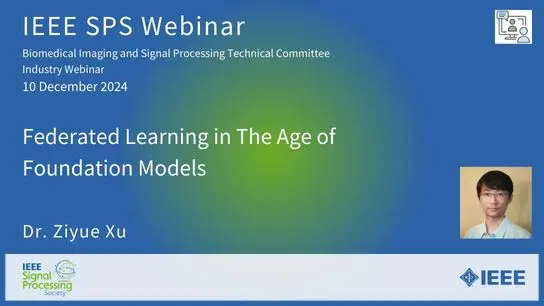-
Members: FreeSPS
IEEE Members: $11.00
Non-members: $15.00Pages/Slides: 43
One recent advance in non-orthogonal multiple access (NOMA) is its use as an add-on in a massive multiple-input multiple-output (m-MIMO) based legacy space division multiple access (SDMA) network, where spatial beams preconfigured for legacy users are used to serve additional users. As a result, the connectivity and the overall system throughput of SDMA can be improved in a low-complexity and spectrally efficient manner. For conventional SDMA networks based on far-field communications, this application of NOMA is intuitive, since the far-field spatial beams are cone-shaped. Recently near-field communications have received a lot of attention as, for high carrier frequencies and large numbers of antennas, the Rayleigh distance becomes significantly large. Unlike far-field communications, the spherical-wave channel model has to be used for nearfield communications, which motivates the use of beam-focusing, i.e., a beam is focused on not only a spatial direction but also a specific location. This talk is to focus on the resolution of near-field beam-focusing and how it can be used to facilitate the application of NOMA for the coexistence between near-field and far-field communications.


